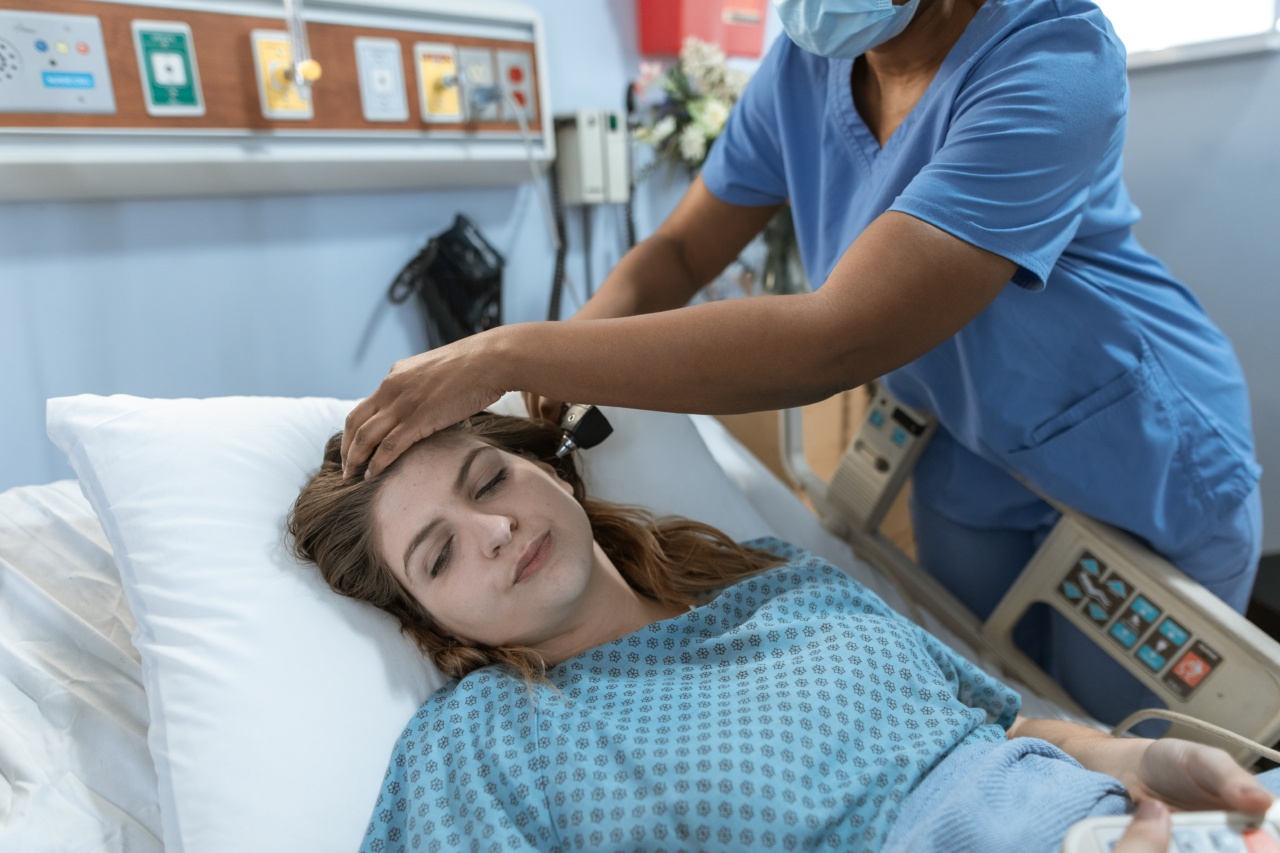The Middle East Respiratory Syndrome coronavirus, or MERS, is an illness that outbreaks in the Middle East and affects the respiratory system. The virus is spread through respiratory droplets and close contact with infected individuals.
As a result, public health officials around the world take necessary precautions to mitigate the spread of the virus.
Recently, there has been an MERS examination of 73 individuals conducted, which necessitated precautionary measures at the gates.
In this article, we’ll discuss the measures taken to ensure the safety of the public and prevent the spread of the virus.
Preparation Beforehand
Before conducting the examination of the 73 individuals, public health officials took necessary precautions to prepare for the incoming individuals. This preparation helped to mitigate the potential spread of the virus.
One of the measures taken to prepare for the examination was ensuring the availability of personal protective equipment (PPE) such as gloves, masks, and gowns.
Additionally, all healthcare workers involved in the examination must have received rigorous training on the proper use of PPE and on good hygiene practices.
Aside from ensuring adequate PPE, the examination facility needs to have the necessary equipment that may include appropriate laboratory and diagnostic equipment to determine the presence of the virus and how infectious it is to the host.
Precautionary Measures at the Gates
Public health officials take the safety of the public seriously. To prevent the spread of the virus, necessary precautionary measures were taken at the gates where the 73 individuals were to arrive.
One of the measures taken was screening of individuals before entering the facility. The screening process may have involved temperature checks and asking questions about travel histories that may have exposed an individual to the virus.
If an individual has a fever or shows other symptoms of the virus, they may have been isolated for quarantine measures.
Another measure taken to prevent the spread of the virus was the requirement for every individual to wear PPE throughout the examination process.
This helps to minimize the spread of respiratory droplets, and thus reducing the potential transmission of the virus.
Environmental hygiene was taken into consideration too. Public health officials ensured that every surface the individuals may have come into contact with was thoroughly disinfected to reduce the chance of the virus spreading around the area.
Communication of Precautionary Measures to the Public
Proper dissemination of information is critical to help the public understand the situation and the necessary precautions they should take. Public health officials used various channels to inform the public and promote good hygiene practices.
One of those measures involved an announcement on the mass media that there would be incoming individuals requiring examination.
Additionally, flyers may have been distributed within the community to alert people of the situation and the necessary precautions they should take in their daily lives to minimize the spread of the virus.
Conclusion
The proper handling of situations involving MERS is critical in containing the spread of the virus.
The examination of 73 individuals required the establishment of appropriate protocols and necessary precautionary measures to ensure the safety of the public.
Public health officials played a crucial role in implementing measures such as proper training of healthcare workers, availability of PPE, screening of individuals, environmental hygiene, and proper dissemination of information.
These measures, when implemented correctly, can help mitigates the spread of the virus, thus lessening the severity of the situation.































